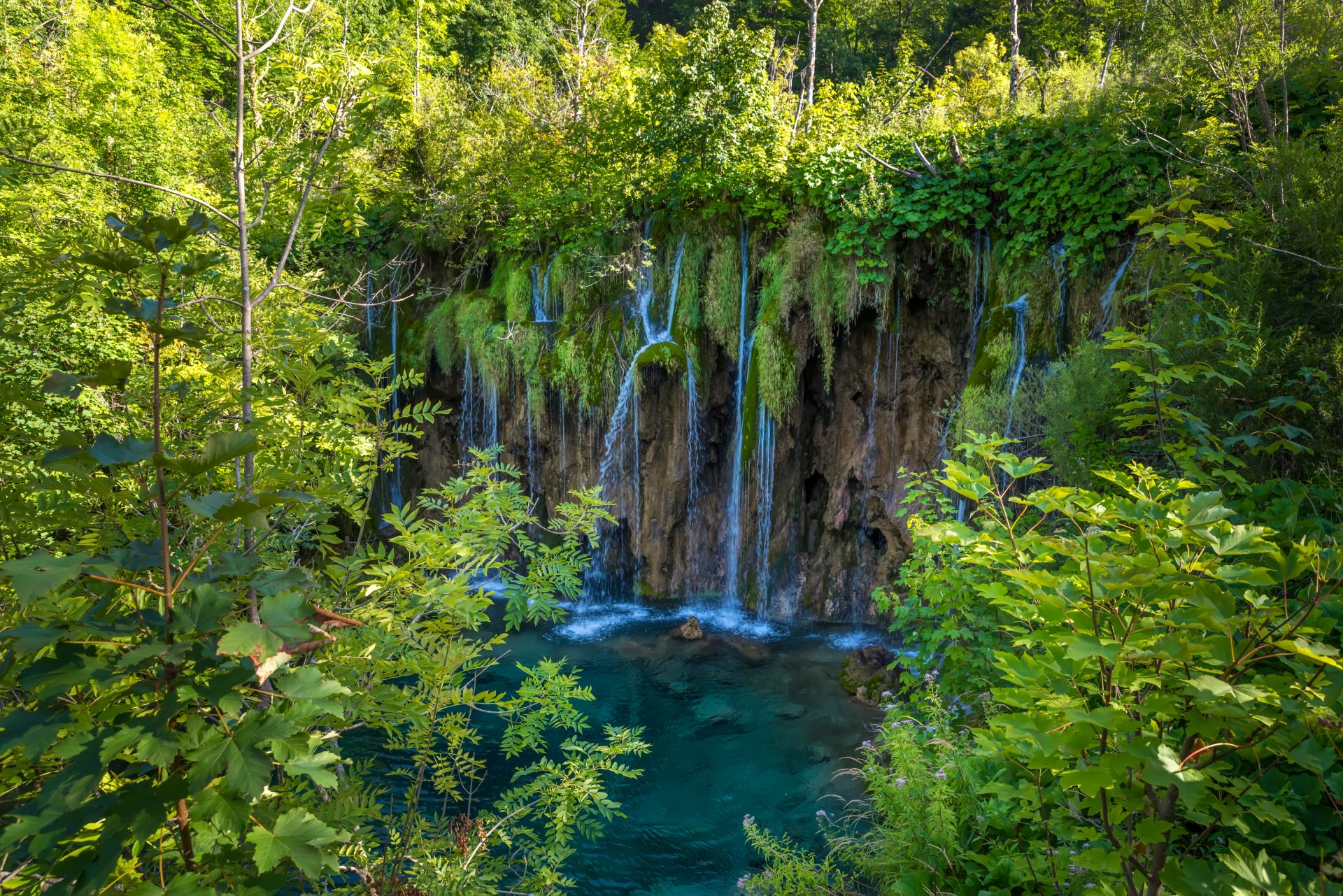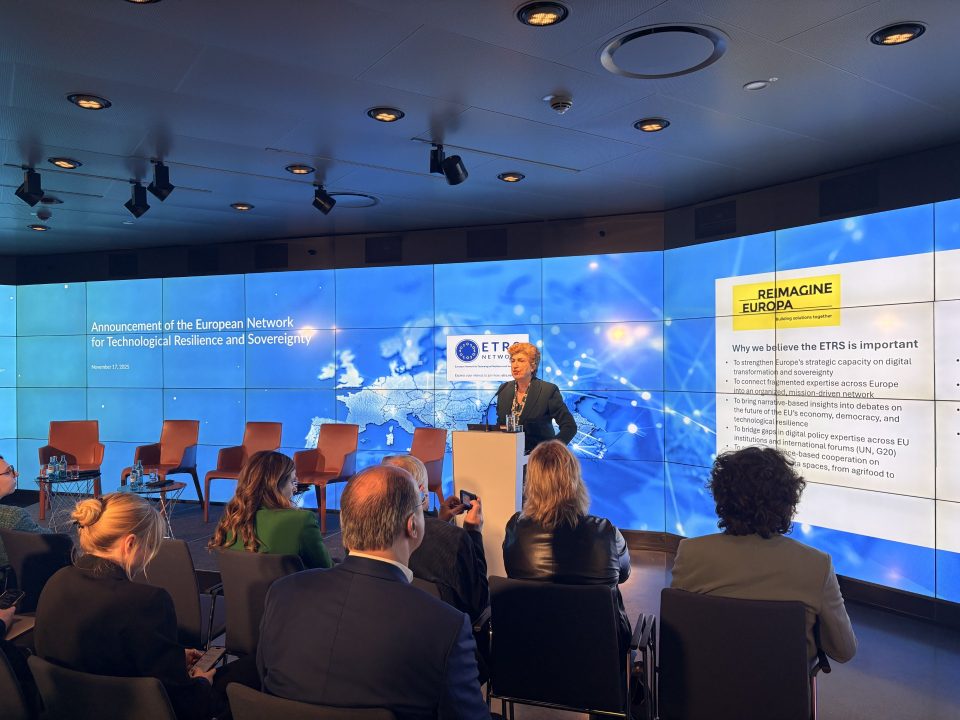The New EU Forest Strategy for 2030, presented in July 2021, has lifted the bar regarding the protection of forests and the improvement of their quality and quantity in the European Union’s member states regions. What are the plans, and why have they raised opposing controversies?
Forests are still the predominant terrestrial ecosystem on Earth, covering approximately 30% of the global land area. For roughly 400 million years, they have grown undisturbed from the equator to the tree lines: the edge of the habitat at which trees can grow, which is usually defined by altitude and latitude. Protected and nourished by trees, our hominid ancestors thrived: only the invention of farming and agriculture allowed humans to live their life away from the woods. Woodlands were the cradle of terrestrial life and are still essential: they host an enormous variety of plant and animal species, helping to protect biodiversity while also being an important resource for several human activities.
Forests are crucial in the fight against climate change and biodiversity loss. Any area with sufficient tree density can work as a very efficient carbon sink and natural “air conditioning system” for the surroundings. They act as an effective shield against droughts and floods in numerous regions and protect soil from erosion. Woodlands represent an indispensable filter to make the water clean and suitable for human consumption. They are also valuable ecosystems, home to most of Europe’s biodiversity. Their importance for human wellbeing is impossible to deny.
The New EU Forest Strategy for 2030 aims to set a new balance between forest protection, restoration and resilience and their sustainable exploitation for socio-economic purposes, the significance of which is indisputable for the prosperity of many rural areas. The proposed strategy is closely linked to the European Green Deal and the Biodiversity Strategy to 2030. It includes interventions such as providing financial incentives for forest owners and managers to improve the quantity and quality of EU woodlands, ensuring sustainable use of wood-based resources for bioenergy, protecting the EU’s last remaining primary and old-growth forests, and promoting non-wood forest-based bio-economy, including ecotourism. The strategy also focuses on research and innovation to improve knowledge and management of existing forests, and establishes an impressive reforestation objective: planting 3 billion additional trees by 2030.
As had already happened after the presentation of the European Green Deal, the New EU Forest Strategy for 2030 similarly sparked opposing controversies: on the one hand by those who wanted a more ambitious plan in terms of environment and biodiversity protection, on the other by those who think the strategy goes too far in prioritising biodiversity conservation over economic considerations. Although both sides have their reasons, the fact remains that the area covered by forests is constantly decreasing in Europe and worldwide. In the balance between deforestation and reforestation, at least six million hectares of forests disappear every year, even by adopting the most conservative estimates.
Undoubtedly, the controversy over the strategy highlights the need to find solutions that allow the socio-economic prerogatives of rural communities to be preserved while contributing to woodland preservation and reforestation. Taking the words of Commissioner for Environment, Oceans and Fisheries, Virginijus Sinkevičius, “European forests are a valuable natural heritage that cannot be taken for granted. Protecting, restoring, and building up the resilience of European forests is not only essential to fight the climate and biodiversity crises, but also to preserve the socio-economic functions of forests. The huge involvement in public consultations shows that Europeans care about the future of our forests, so we must change the way we protect, manage and grow our forests that it would bring real benefits for all.”
Innovation could be vital for reforestation activities: for instance, innovative technologies could help create new varieties of plants, which do not require large amounts of fertilisers or chemical pesticides to be productive. Such innovations would significantly reduce soil and water contamination. In addition, the increased yield would allow making part of the soil that is currently used for agricultural purposes available for rewilding and reforestation, contributing to decarbonisation objectives of the European Green Deal. The work of Re-Imagine Europa’s Task Force on Sustainable Agriculture and Innovation, recently presented in two reports, could therefore be functional in increasing the area covered by forests, both in Europe and in the rest of the world.




